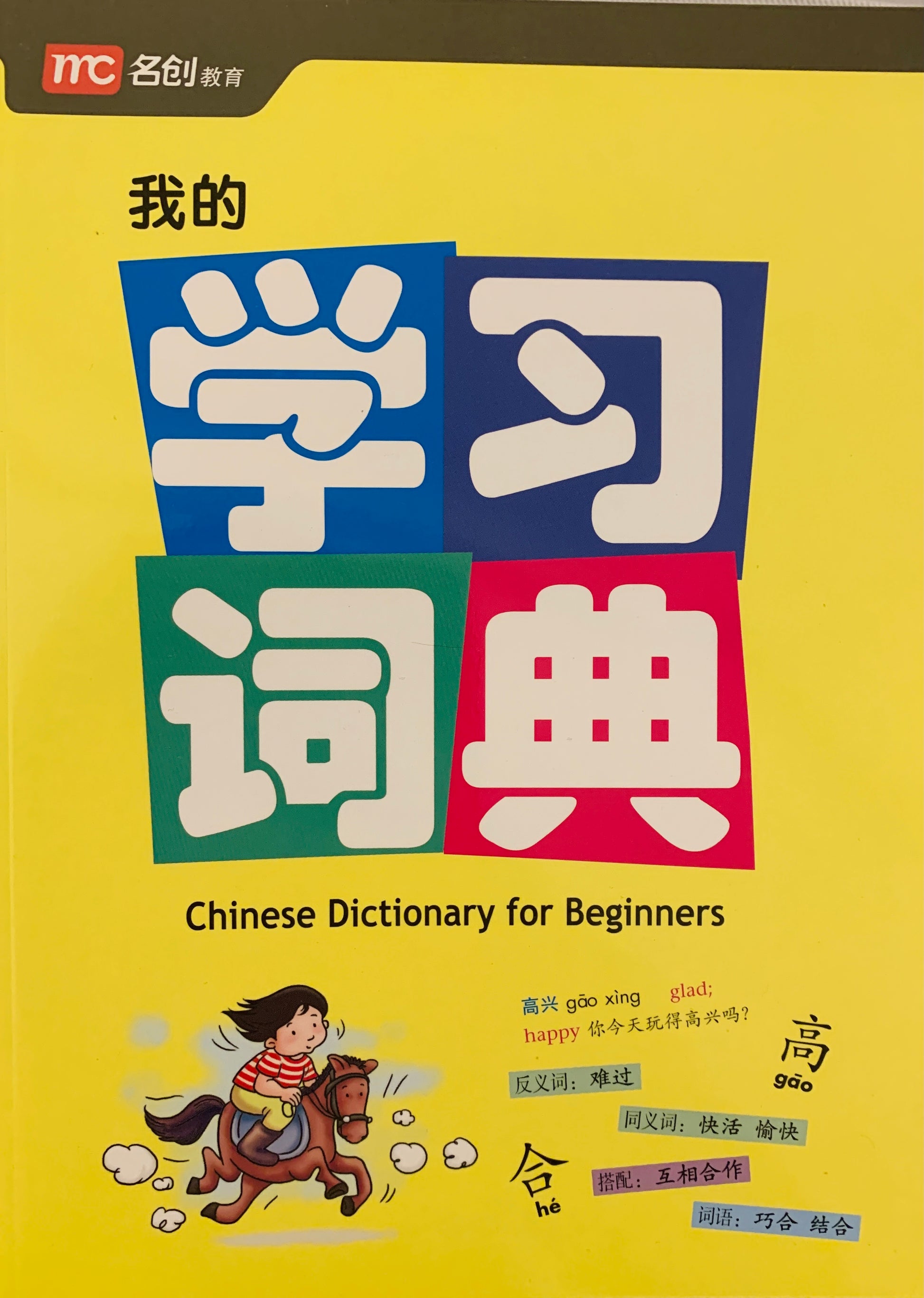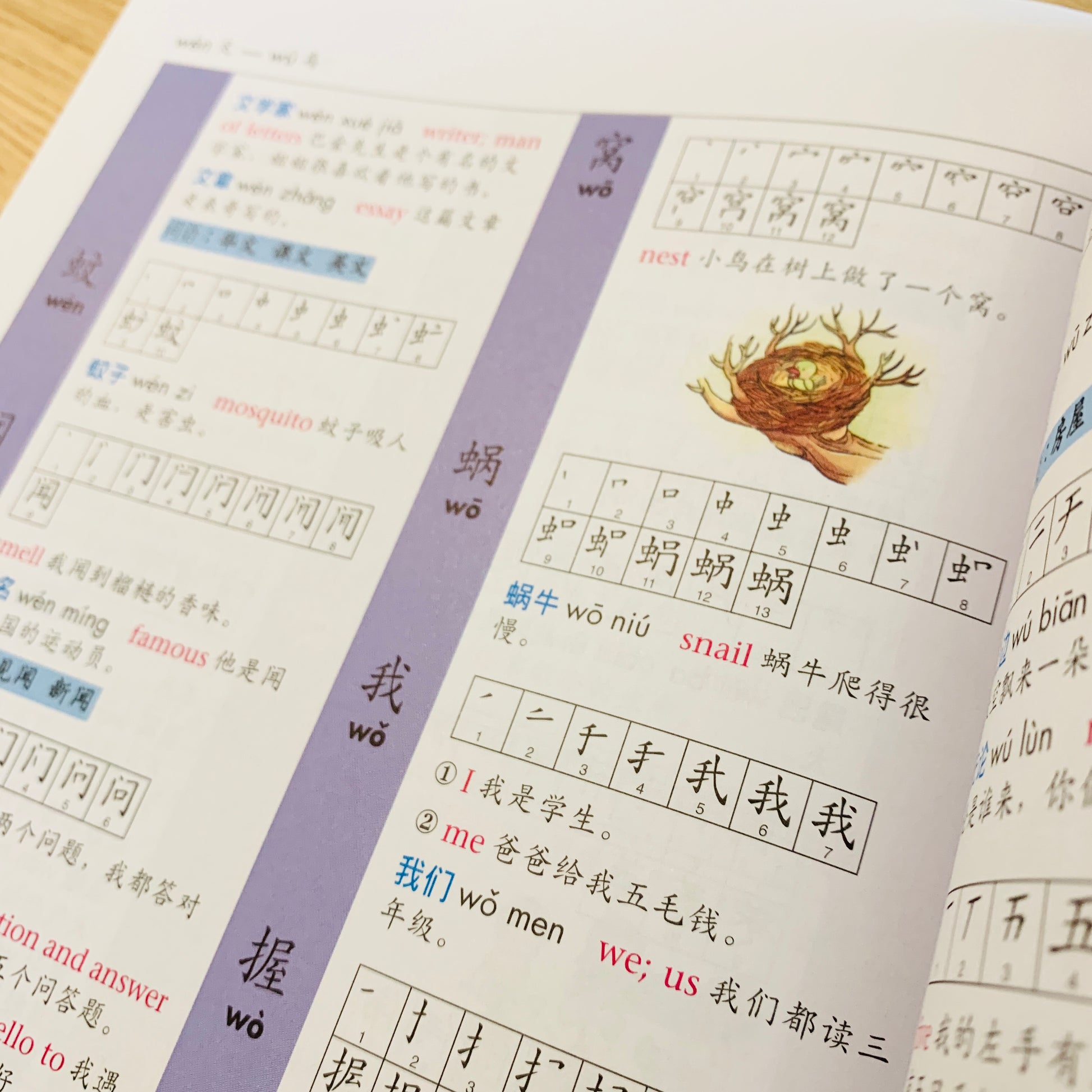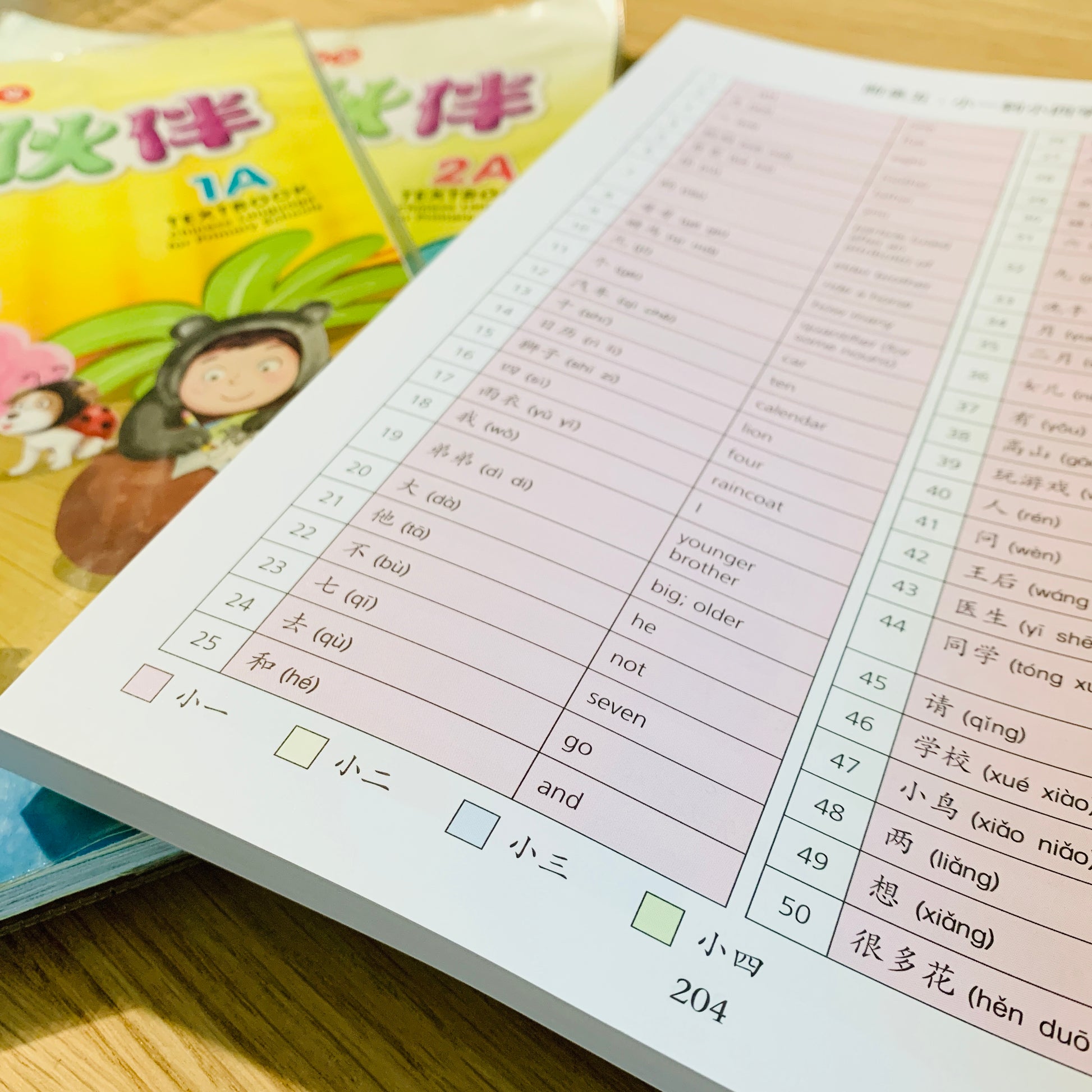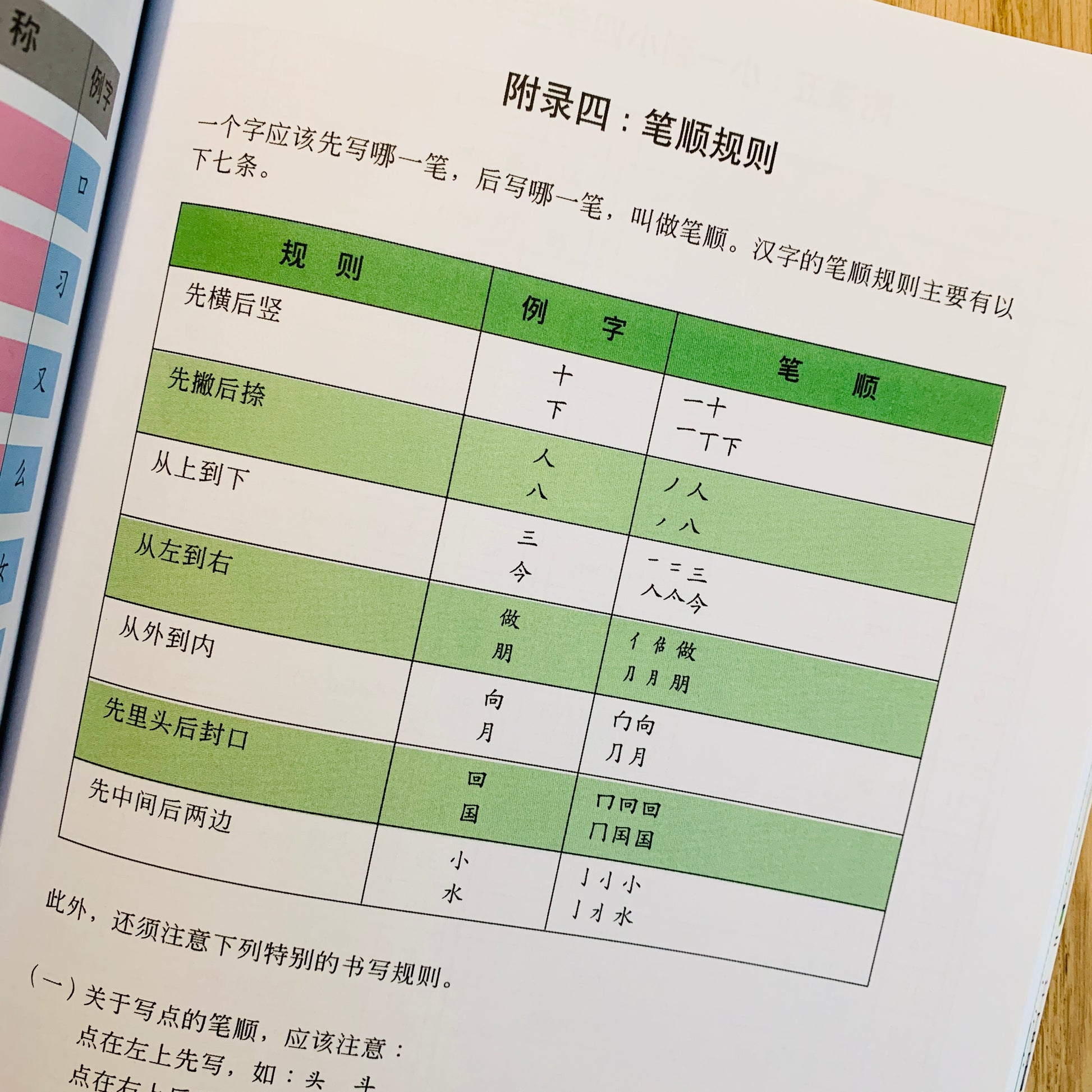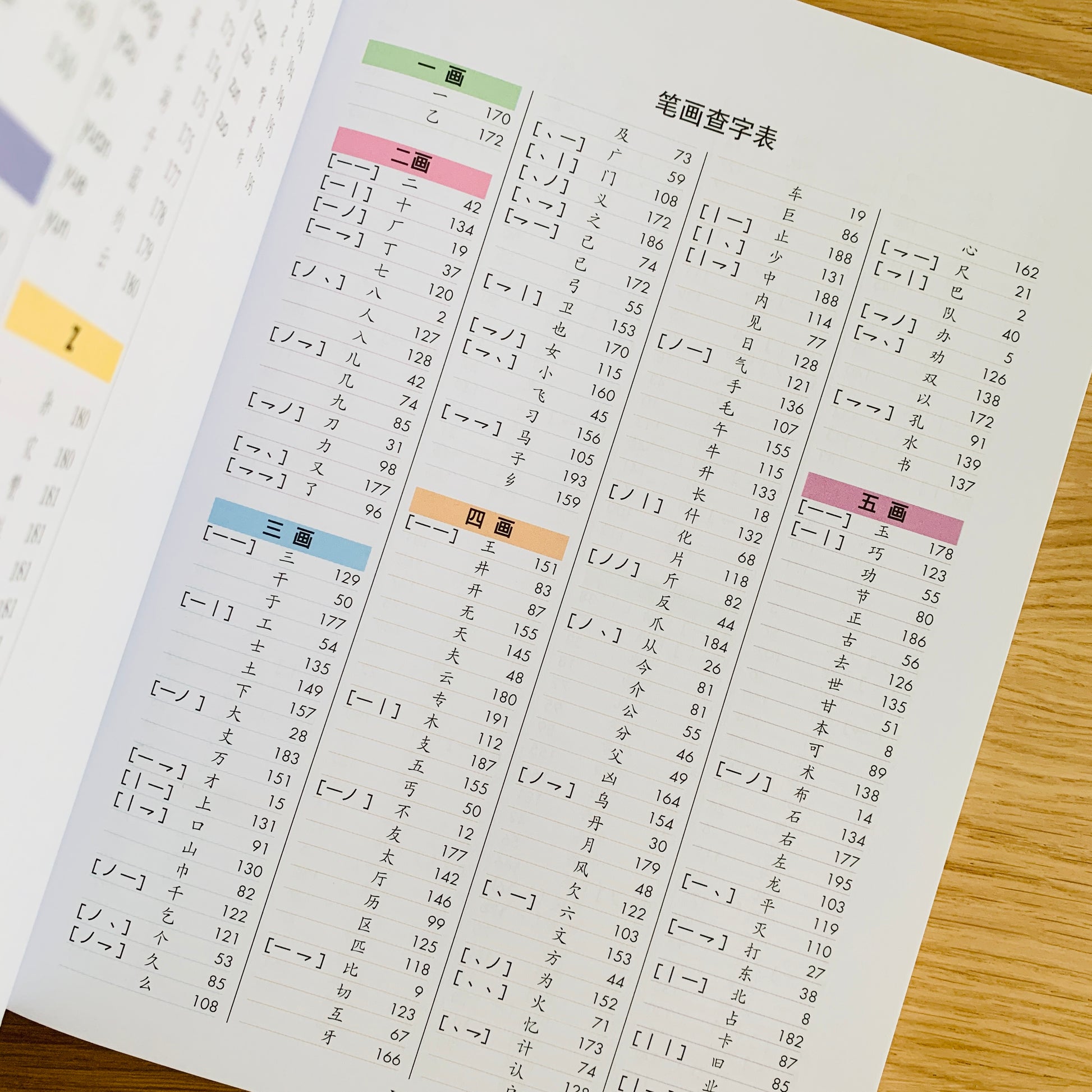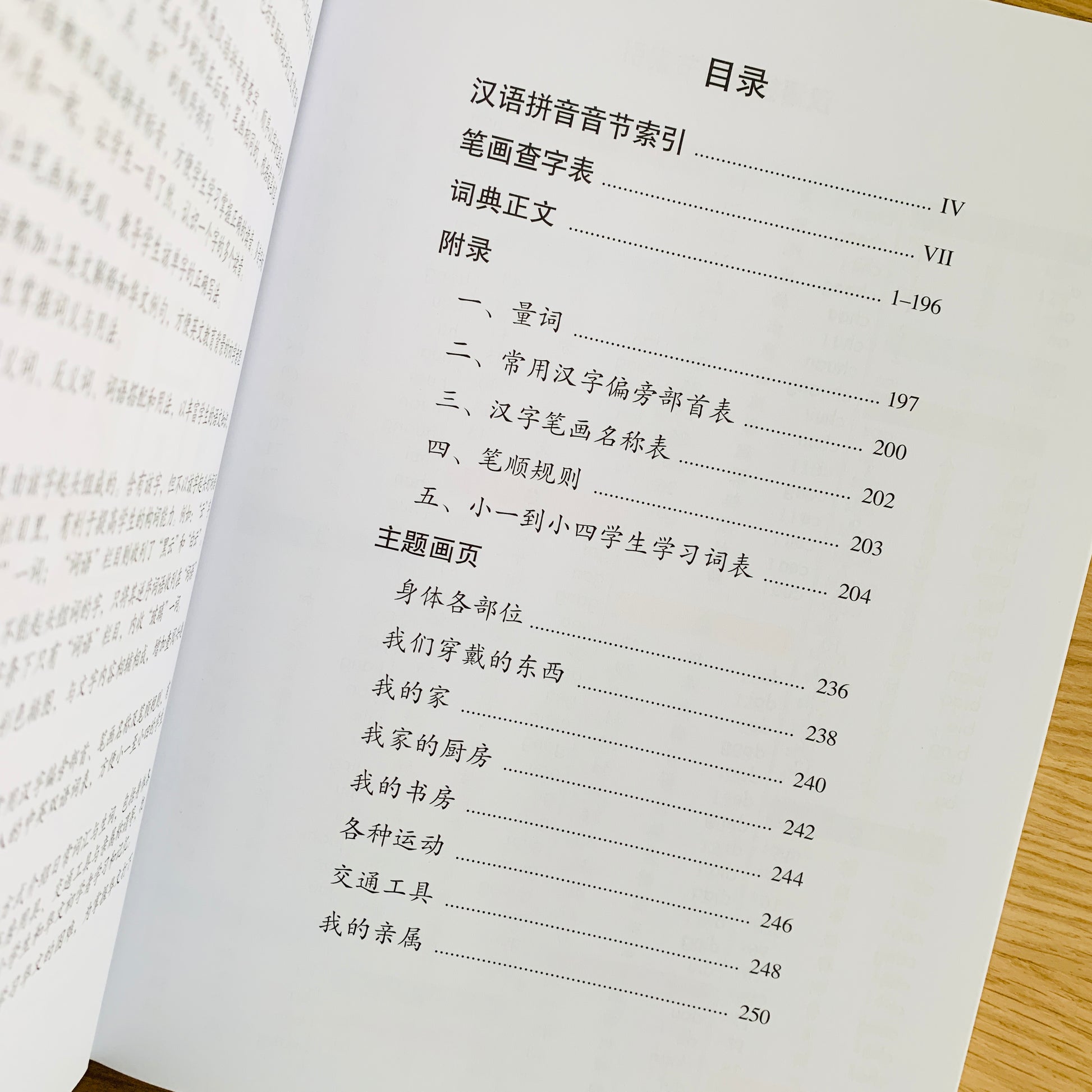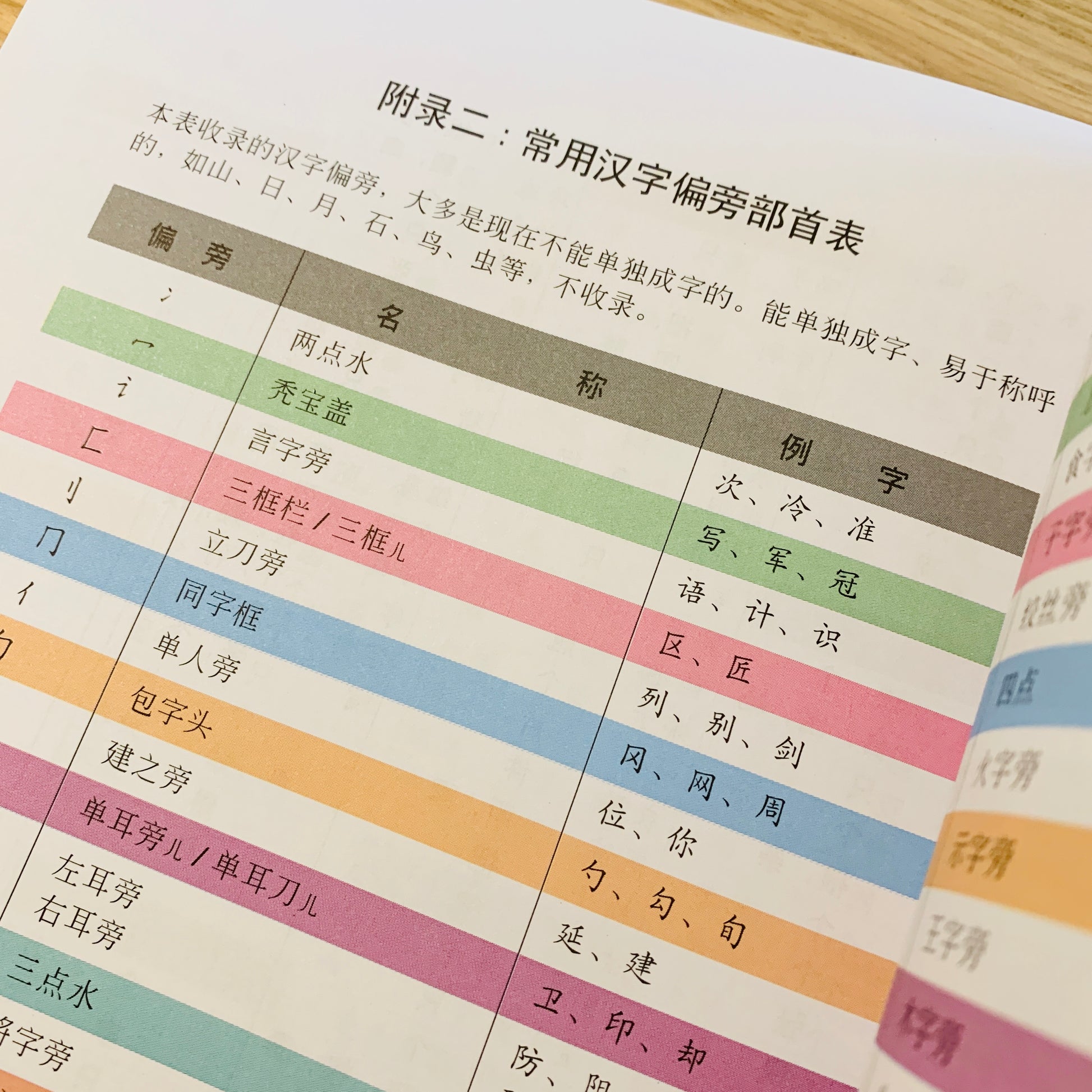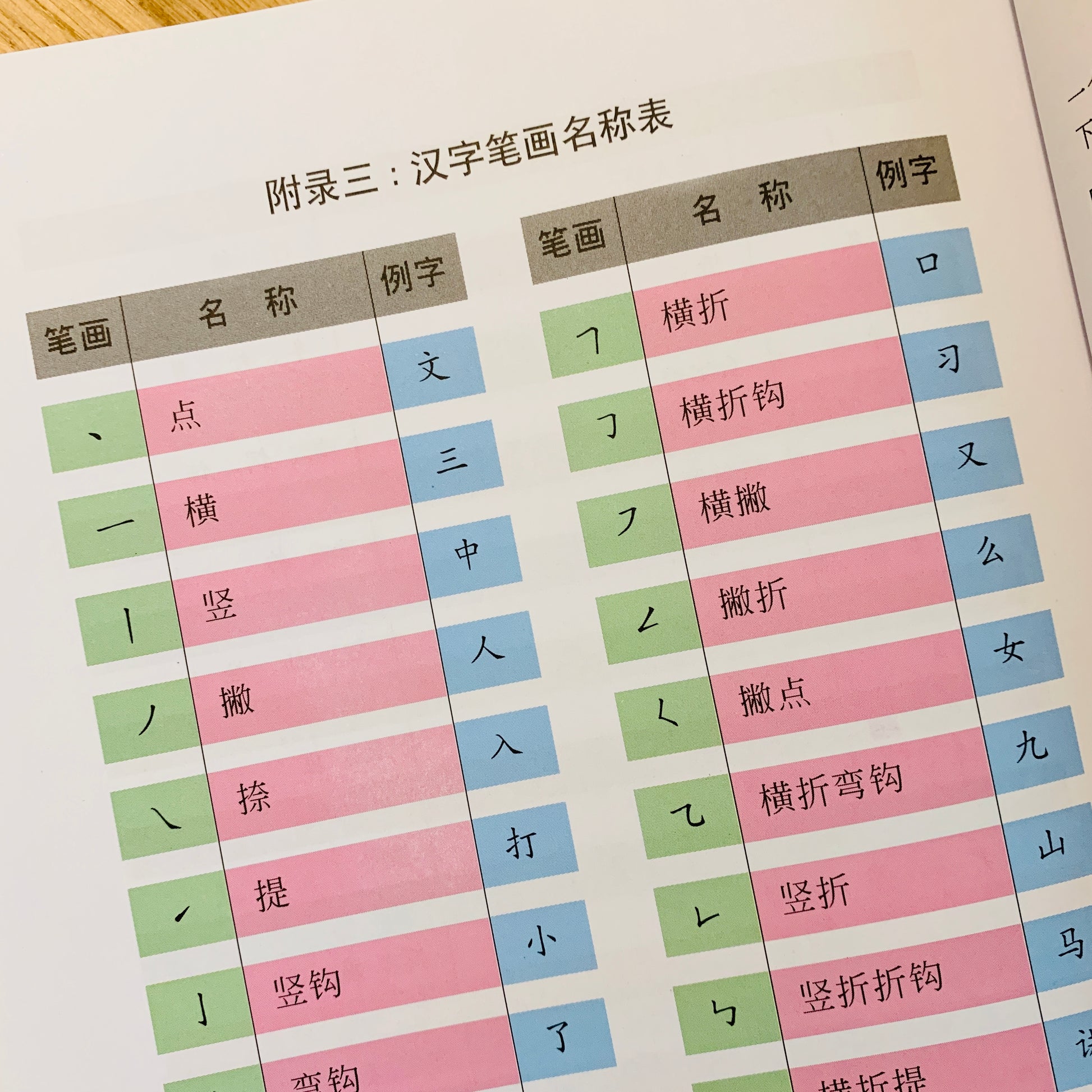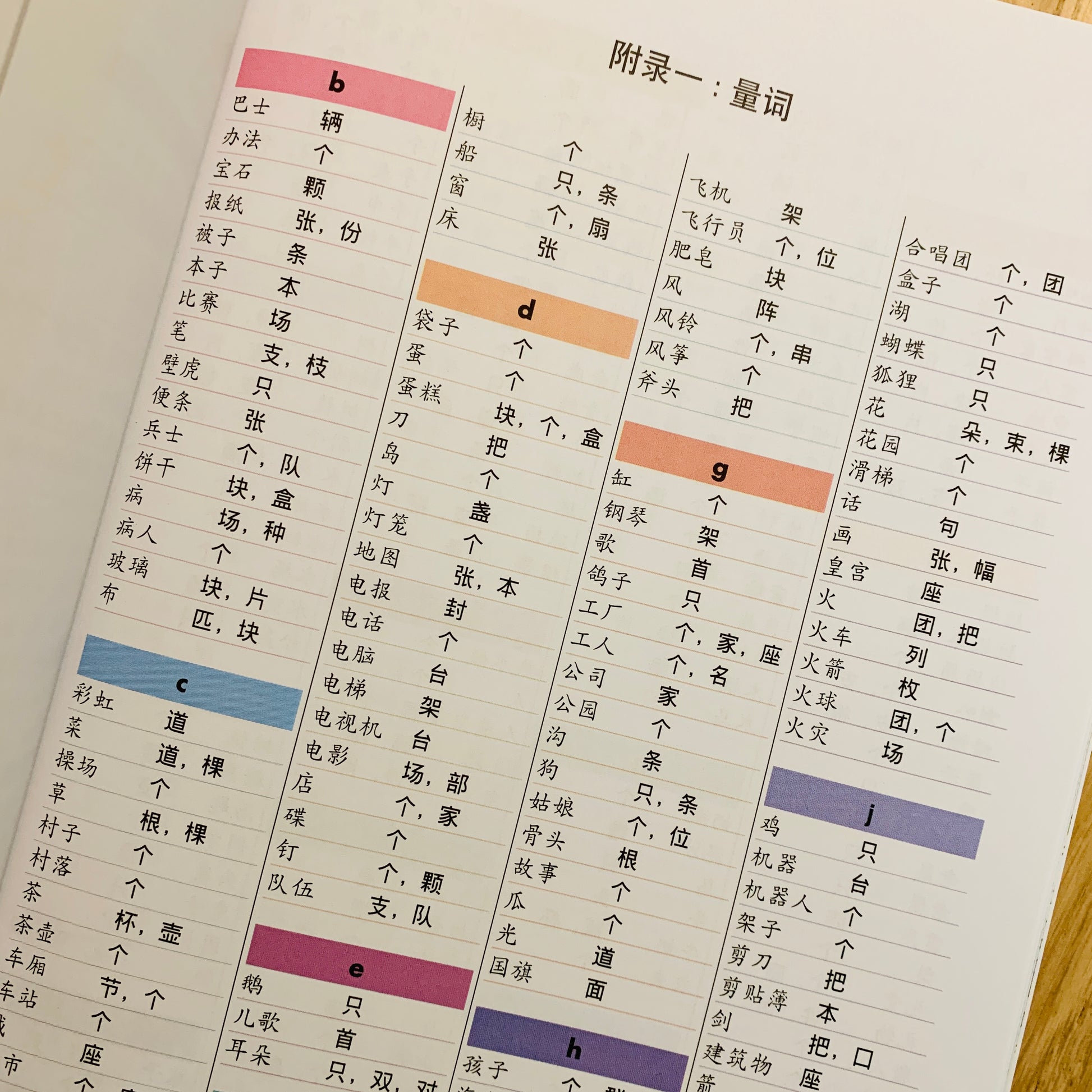我的学习词典 Chinese Dictionary for Beginners
5.0 / 5.0
(5) 5 total reviews
Notify When Available
More copies are on the way!
Subscribe to our Telegram Channel for real-time updates when products are back in stock. Alternatively, receive an email notification as soon as this product is available again.
Couldn't load pickup availability
Share
Paper dictionaries are really helpful for us to learn to find out
- how to read words we don't recognise
- how to write a word that we can identify but forgot
- the meaning of a certain word, how to use it etc
Recently, I had really interesting conversations with parents whether paper dictionaries are still useful for our children today, when the default option for examinations is the electronic dictionary - and the answer was YES!
It's definitely a valuable skill, especially if the battery of the electronic dictionary runs out (according to Chinese teachers whom I spoke with, it happens!), teachers only have paper dictionaries to loan.
Beyond this, learning how to use paper dictionaries helps us appreciate the how the words in our language can be sorted (by hanyu pinyin or radicals and number of strokes) and broken down into smaller components.
This Chinese dictionary is written for primary school aged children, and for adult learners at beginner level.
I highly recommend this for children from ages 5 and above, and for any adult wanting to learn Mandarin.
This is a reference book that will serve your family well for years to come and help to build a strong foundation in our mother tongue.
The Chinese dictionary contains
- 汉语拼音音节索引 List to search by Hanyu pinyin
- 笔画查字表 List to search by strokes
- 词典正文 Main dictionary
- 量词 Quantifiers
- 常用汉字边旁部首表 List of commonly used radicals
- 汉字笔画名称表 List of strokes
- 笔画规则 Sequence of strokes
- 小一到小四学生学习词表 Vocabulary list for Singaporean Primary 1-4 Syllabus (with Hanyu pinyin and English translation)
- 主题画页 Thematic Scenes with related vocabulary:身体各部位、我的家、各种运动、交通工具等
I'd like to draw your attention to two of the charts -
⭐️ 汉字笔画名称表 List of strokes
⭐️ 笔画规则 Stroke order rules
- which are really important to write and form beautiful words!
Every Chinese character can be broken down into subunits, and the smallest of these units - is strokes 笔画!
In the earliest stage of learning to write in Chinese, we always start with these strokes. It’s essential to know these by heart for a good foundation later on!
Did you know there are some principles to determine which strokes come first?
The simplest two are
先横后竖, like in 十,土,下 and
先撇后捺 like in 人,八,父,爸
Check out the rest of the list in the physical dictionary!
Features that we love
- hanyu pinyin - for us to learn accurate pronunciation. If there’s more than 1 way of reading, they’re listed together for easy comparison
-
sequential strokes including number of strokes - I really appreciate this because it empowers my kids to learn on their own and provides a visual for self-correction
- English translation for better understanding
-
造句 sample sentences - to use the word in the right context
-
同义词 synonyms, other ways to say something similar
-
反义词 antonyms, words that mean the opposite
-
词语搭配 usage in terms, word collocation
- colourful and inviting for beginners
- features are color-coded for ease of use
-
colourful illustrations for some words to deepen understanding and for visual association
- many idioms are included too!
Note: The publisher is the official publisher of Primary school local Chinese textbooks!
Format: Softcover
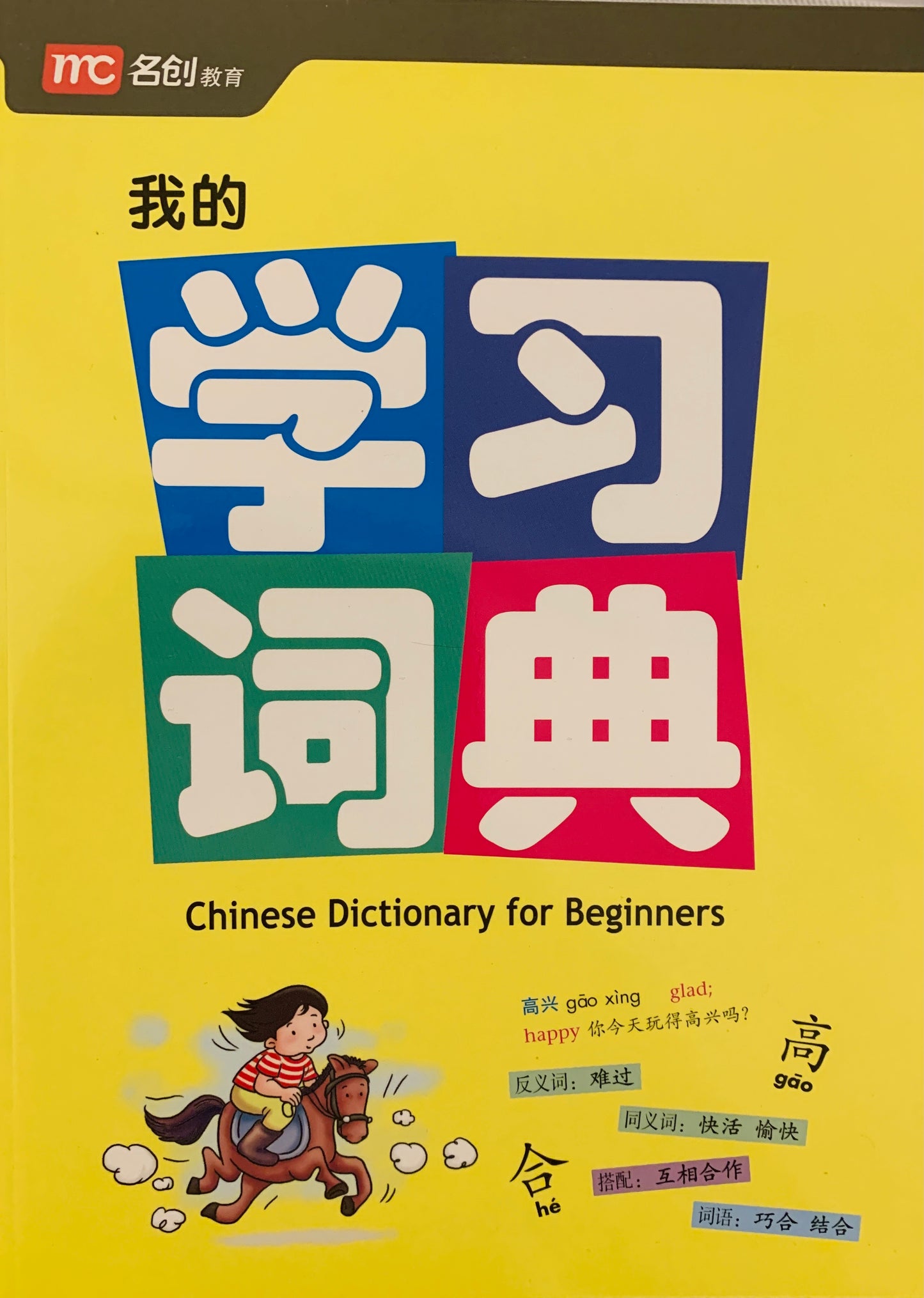
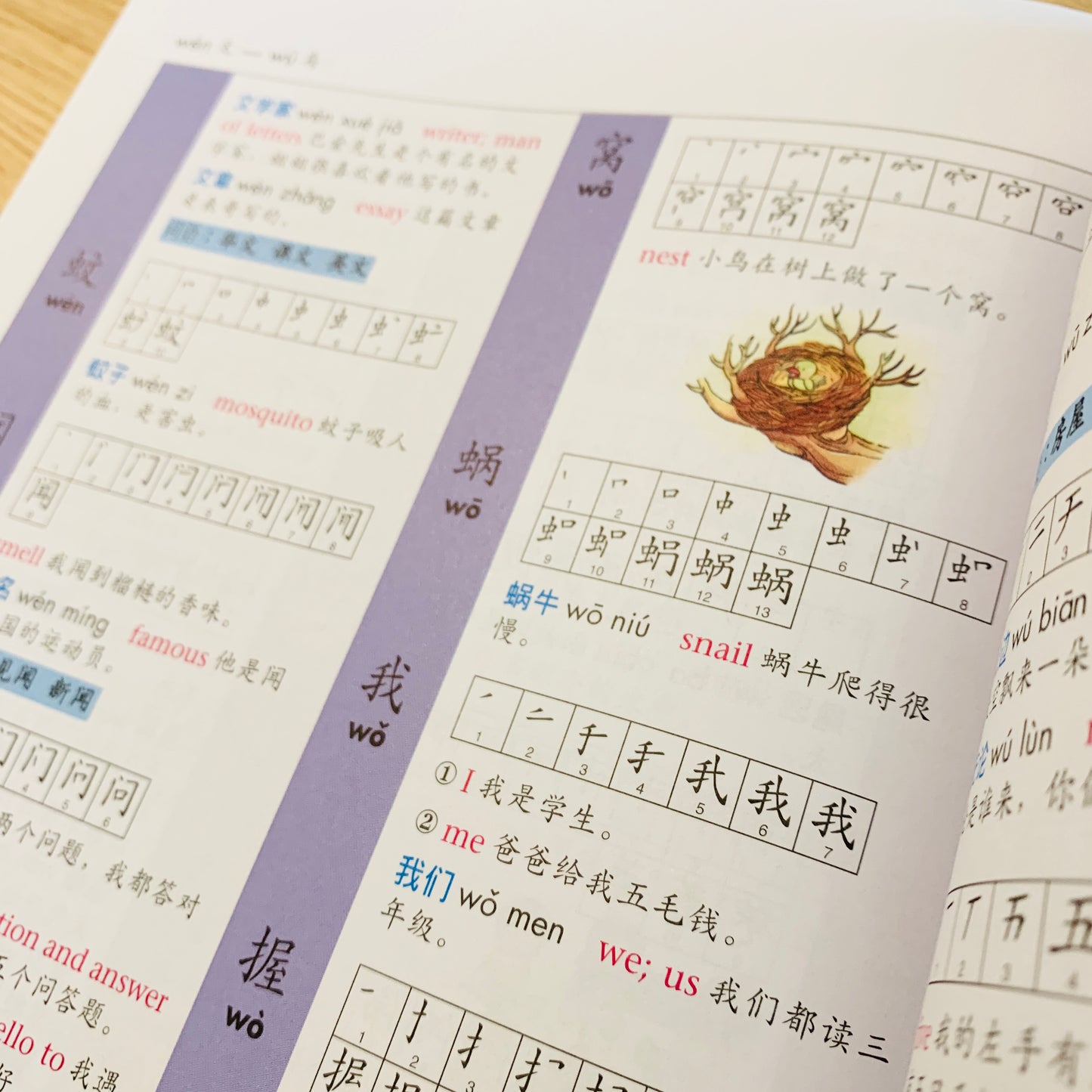
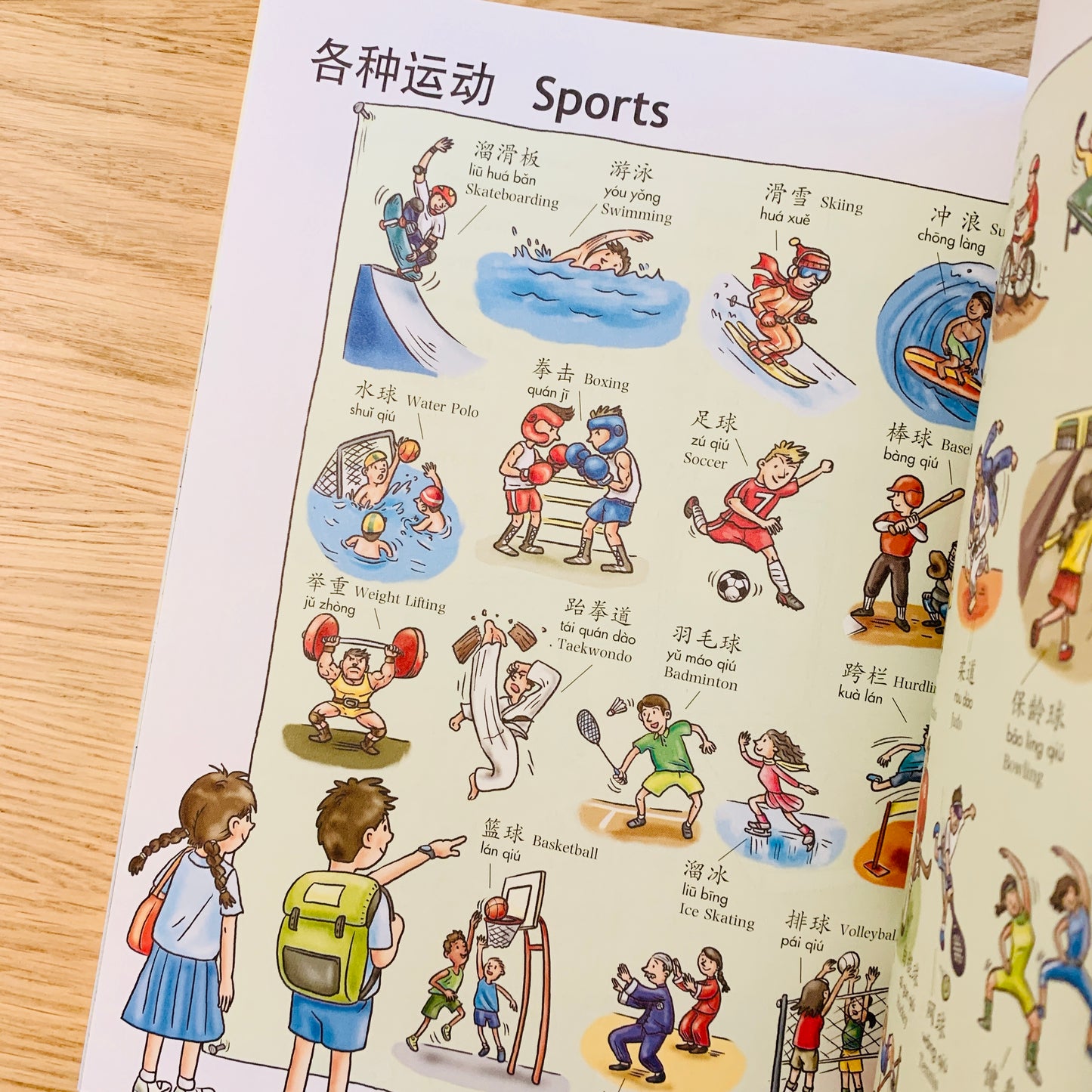
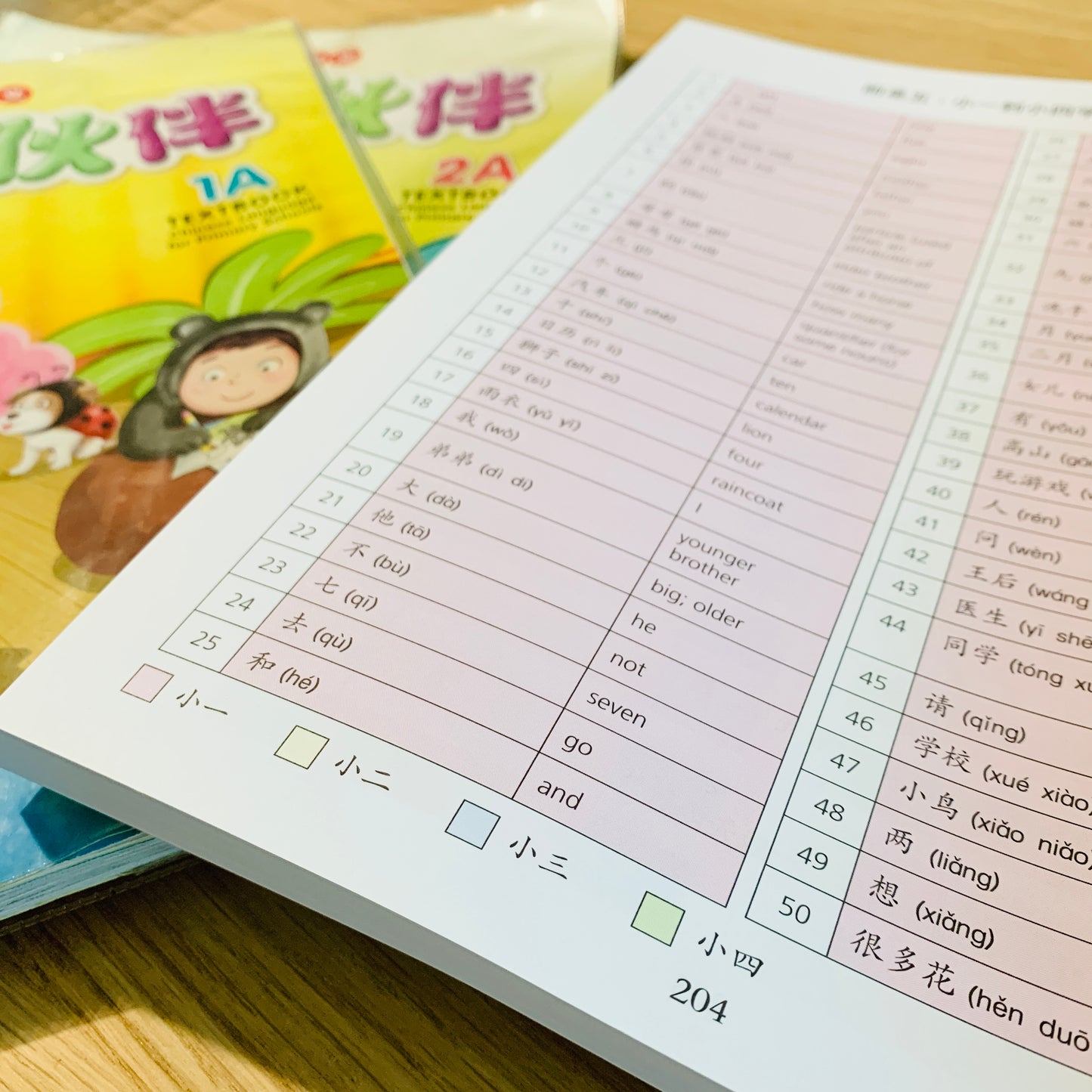
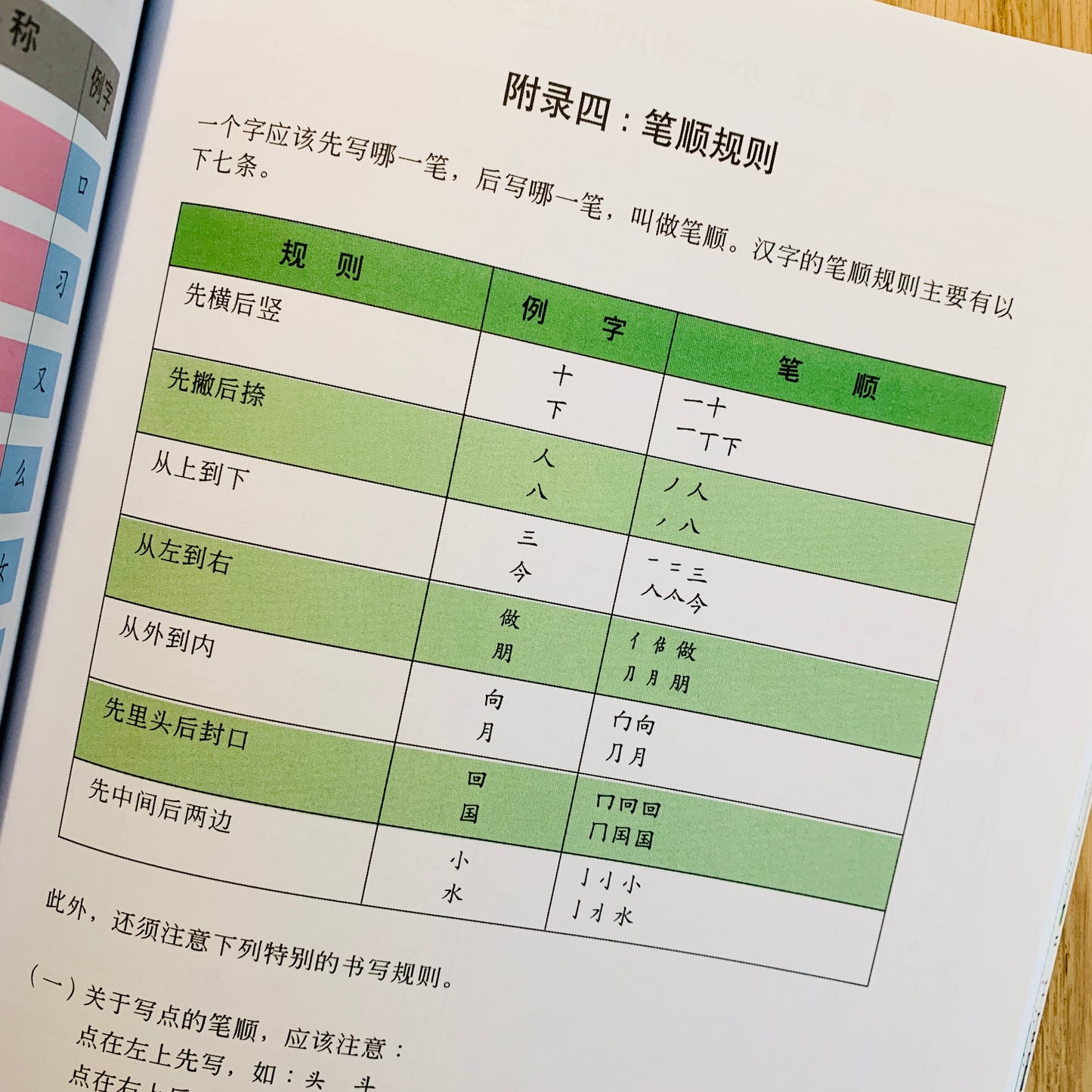
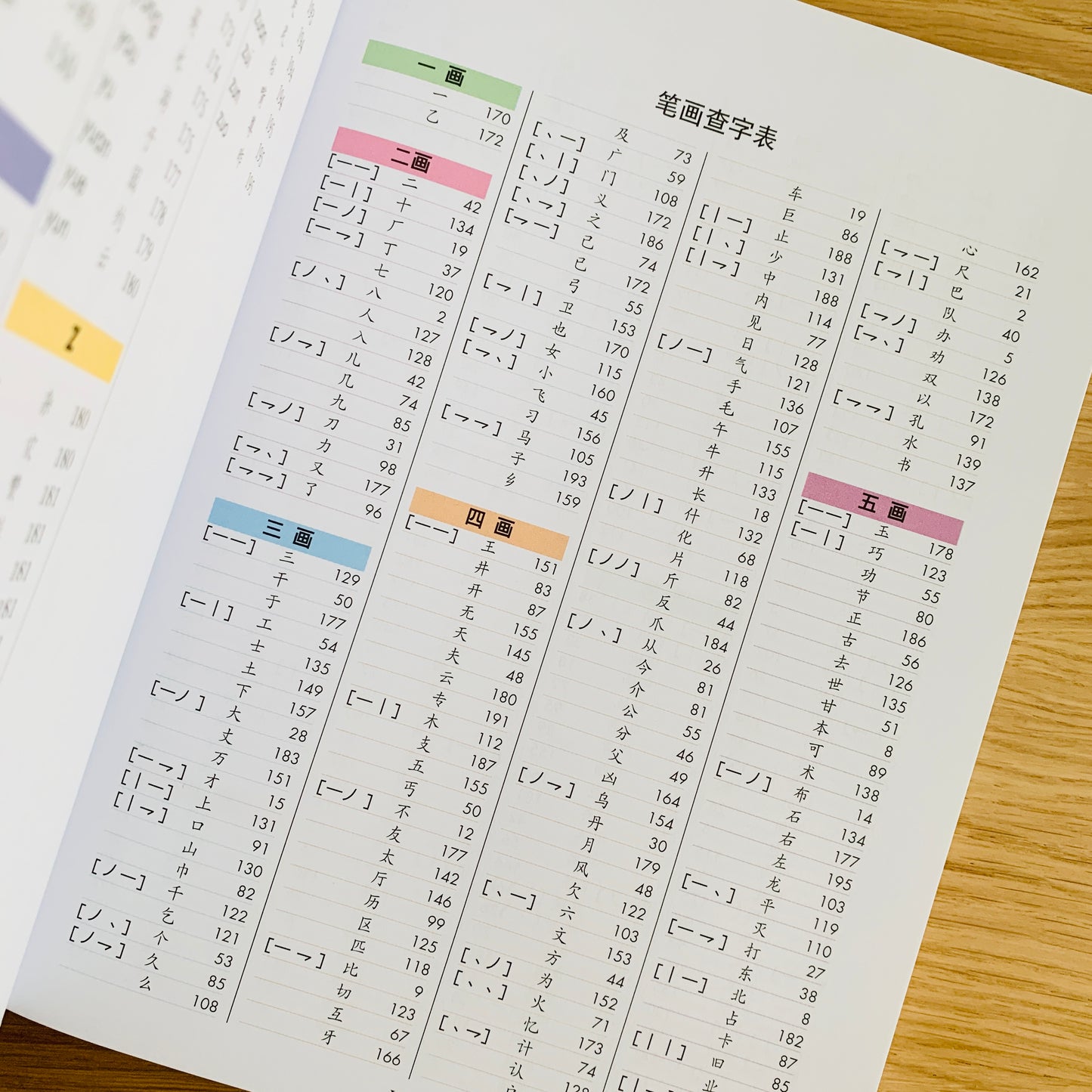
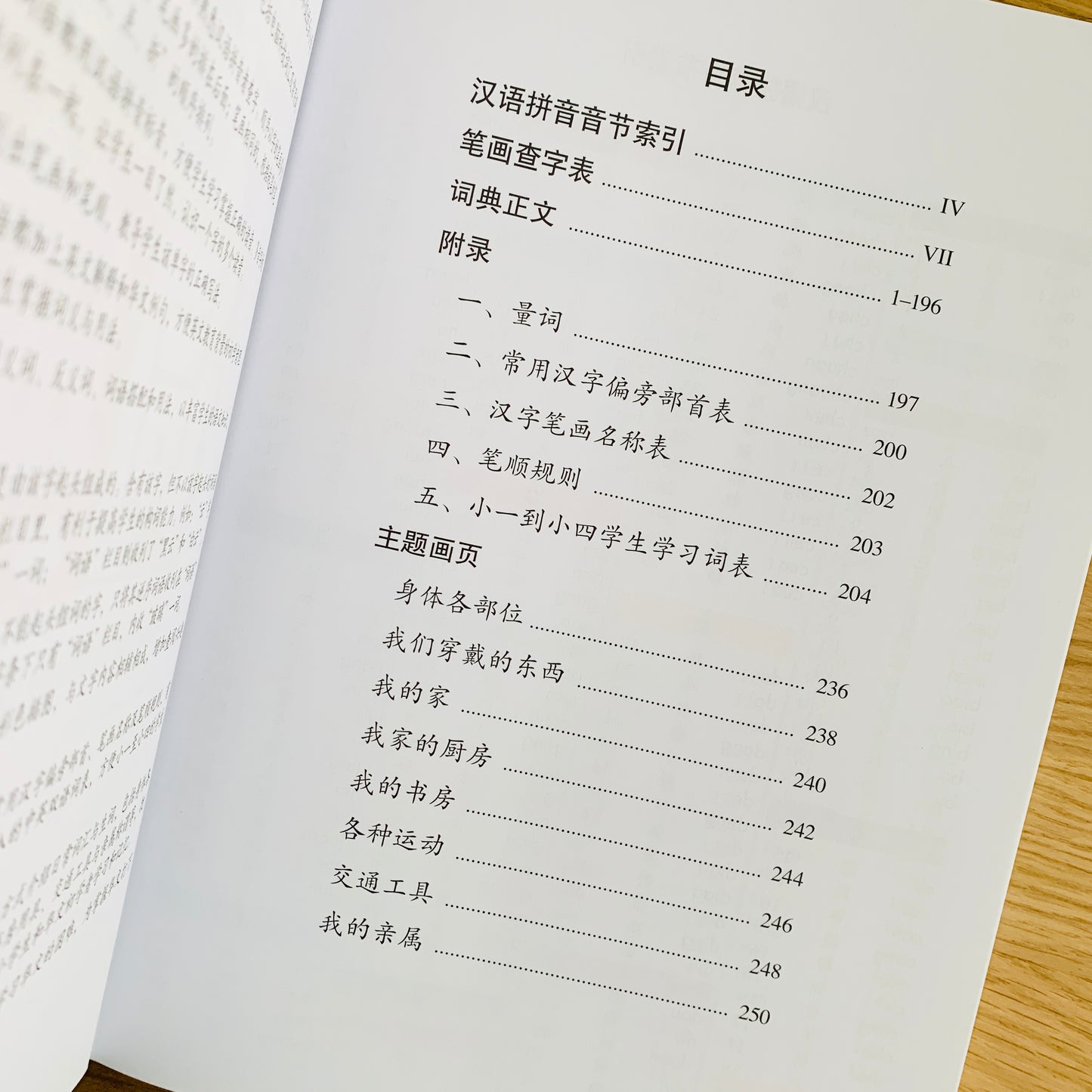
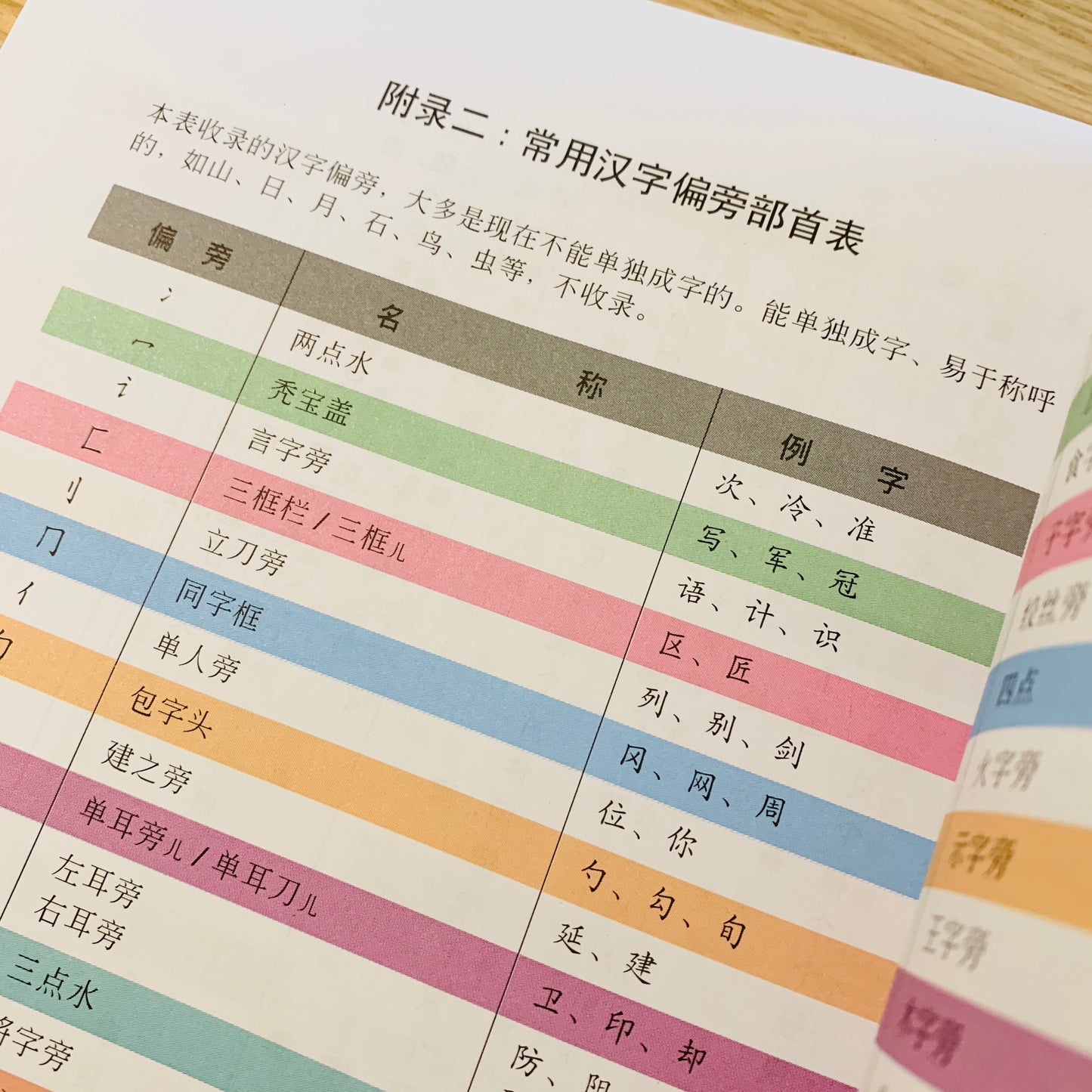

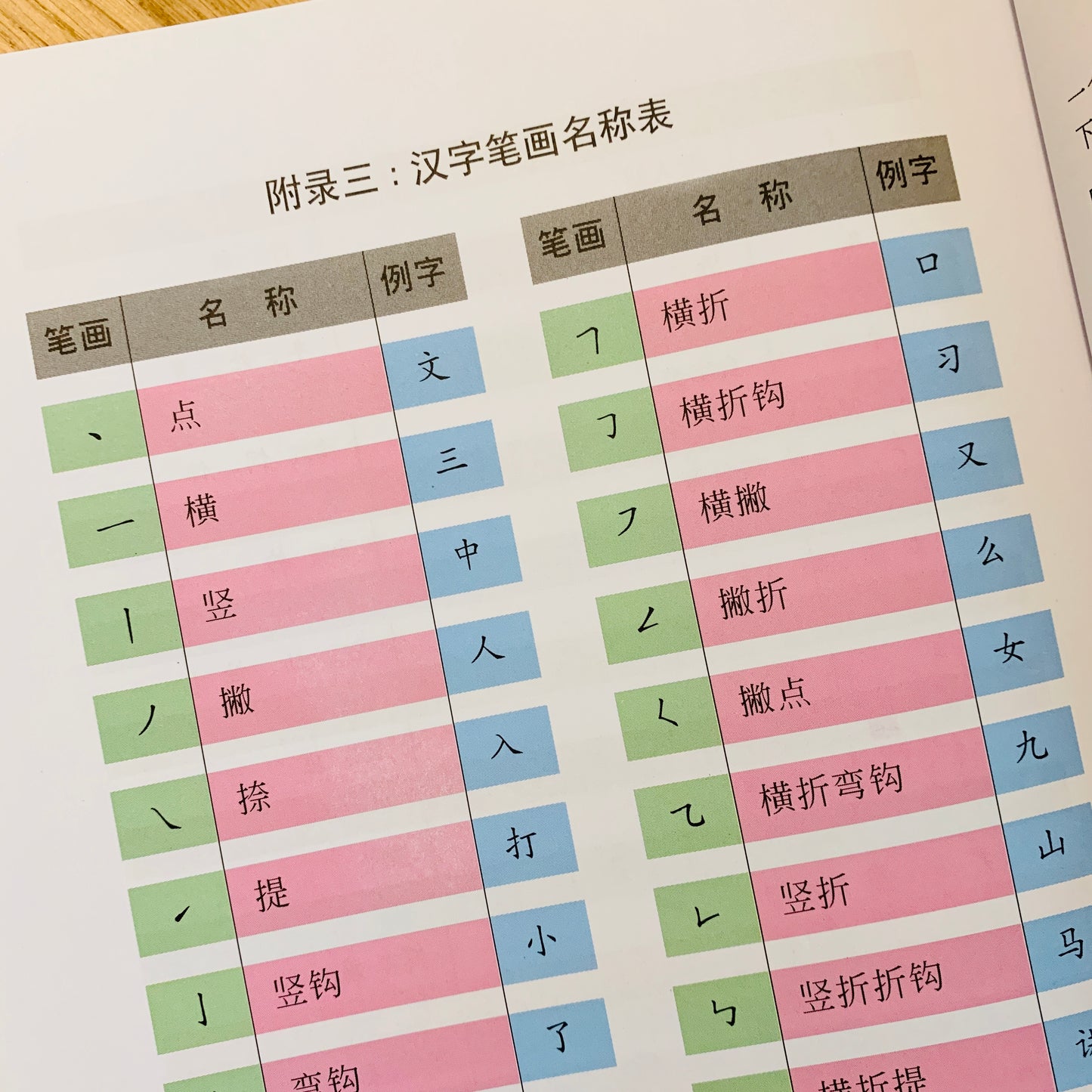
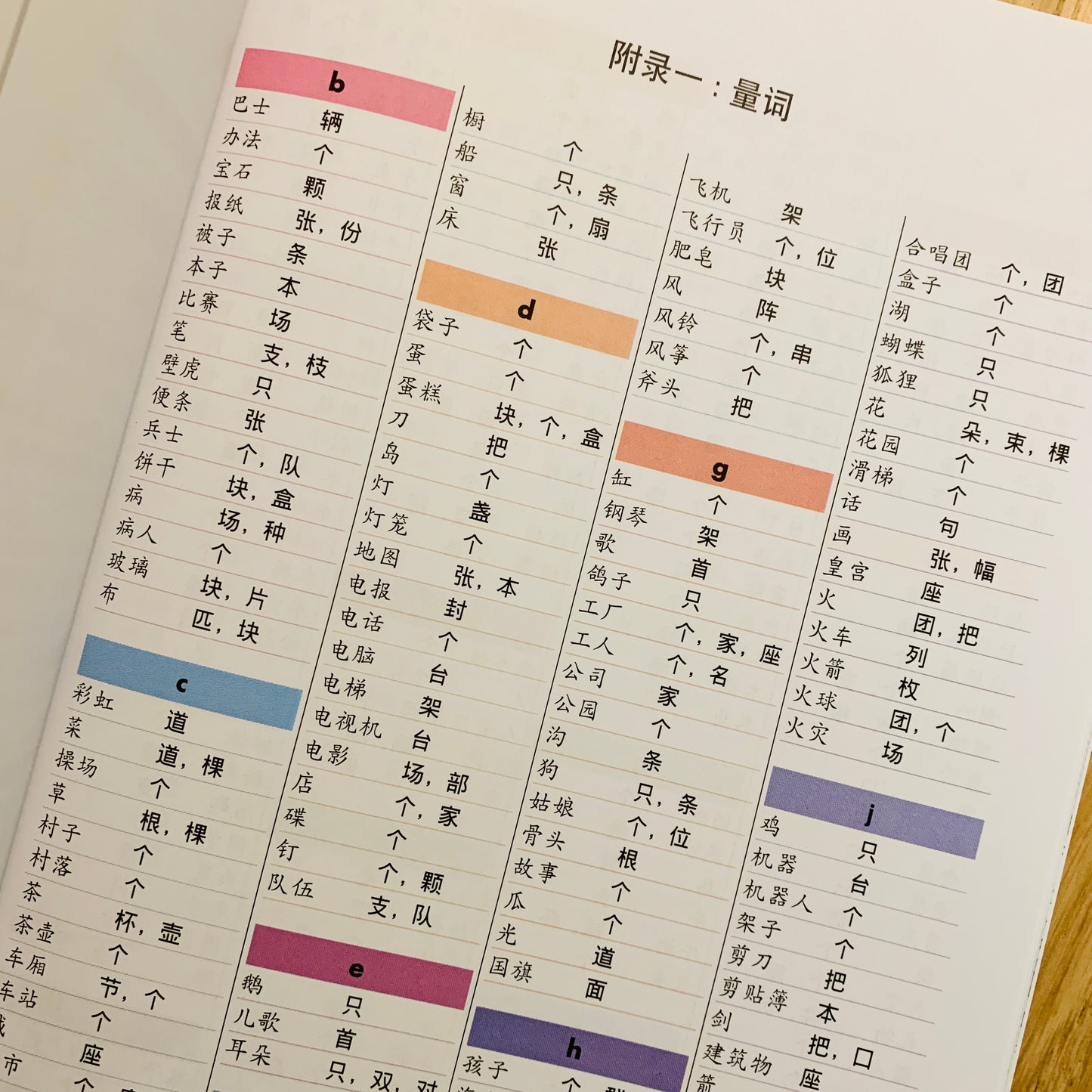
My 7yo could use it with ease and the words in the dictionary is sufficient for her current learning level. The words are big and it is not as wordy as a full fledged dictionary so this encourages her to starting using one. So glad I found this!
There are not many accessible dictionaries for primary school kids. This one seems to top the rest as it includes 笔画 and simple english to explain the words too. Looking forward to using it
Thank you Lois for sharing your thoughts on this dictionary. I trust that it will be a helpful resource for your family. Happy learning! (:
Words are big and I do like that they show the strokes in sequence for each word. My P1 still needs guidance for using this but it's definitely not as daunting as using the normal Chinese dictionary. Most words are also relevant and used in P1 textbooks.
For the price, I'm genuinely surprised by the quality. The pages are thicker / slicker than regular books, more like a magazine. The contexts are relevant and helpful, and the illustrations are attractive to a kid. We use this actually for general home lessons to increase my 6yo's vocabulary. She loves learning the Chinese equivalent of english words!
We love having this in our bookshelf. Our firstborn reaches for it almost everyday. So handy when she is writing a note to a friend or having to pen a short story. We love its easy referencing style with pictures!




